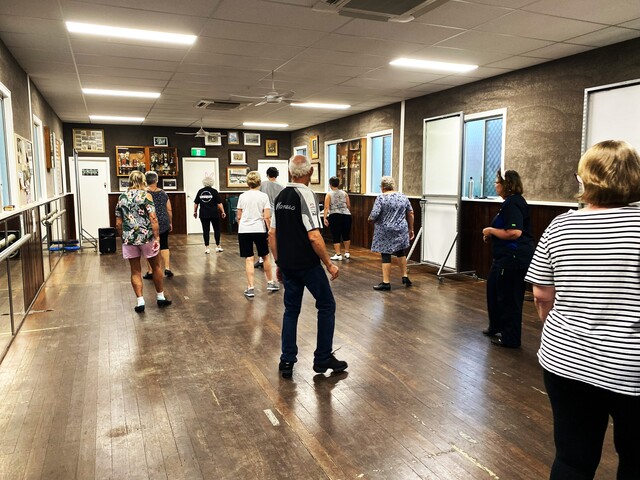
Clogging.
An interesting name, but what is behind this much overlooked dance genre.
Sharing this style has been a labour of love for instructor Merril Gardner who’s first club was Fusion Junior Cloggers which she has since renamed to Unique Clogging.
Merril joined the Australian Clogging Association in 2012 and started teaching clogging in 2015.
Upon receiving her full instructor’s accreditation in 2020, Merril taught her own choreographed dances at countless workshops and national conventions, performed numerous demonstrations and lucky enough to organise and choreograph clogging routines and dance in large productions.
Merril’s journey in clogging began in June 2011 with the late Gail Ross of Fancy Shuffle Cloggers.
Considering there was not a beginner’s class, she struggled for the first couple of weeks and watching the higher levels of clogging and thought, ‘there is no way I would be able to do those steps’.
Merril decided to persist with clogging though as she had done Scottish Irish as a child and loved dancing.
From there she performed in her first demo with this group in August the same year with the help of extra coaching from her aunt and enjoyed every minute.
“Because of clogging, I have had more fun than one can only imagine, met so many wonderful people (cloggers), travelled to places that I would never had gone otherwise, attended many events and performed in places that I would not have had the chance to do so, if not for clogging,” she said.
Merril said that often given the name clogging, people were unsure of what was involved in the dance genre.
“The word clog is Gaelic for time, so clog dancing is therefore time dancing with the heel being the time keeper,” she said.
“Clogging has been around since the 1700s, but I have found in some articles, a form of clogging dates back as far as the 1400s.
“In the mid-1700s large numbers of Scottish, English, Irish and German immigrants settled in the Appalachians (USA).
“Clogging primarily developed from Scottish and Irish Step dancing, there were English, German and Cherokee Step dances, as well as African rhythms and movement influences too.
“It was from clogging that tap dance eventually evolved, some 100-150 years later.”
Merril shared that clogging was not just about dance, but a way of connecting people and creating new friendships whether locally or attending workshops throughout Australia.
“Clogging promotes mental and physical health and increases our mental capacity by exercising our cognitive processes, reduces stress and depression.
“It also strengthens bones and boosts cardiovascular health, allowing you to dance at a high impact level or a lower impact level, as you desire, we do not judge.
“I find through Unique Clogging that bringing together generational barriers, clogging is an activity which is perfect for the entire family even grandparents, as we encourage participation for all ages, at all levels of clogging.
“A beginner’s class starts with the very basic of steps, suitable for all age levels, and adding new steps each week.
“We dance these steps to all genres of music, which is easier when learning the timing and rhythm of the steps.
“Over time we develop our own style of clogging and the first class is free at Unique Clogging.”






